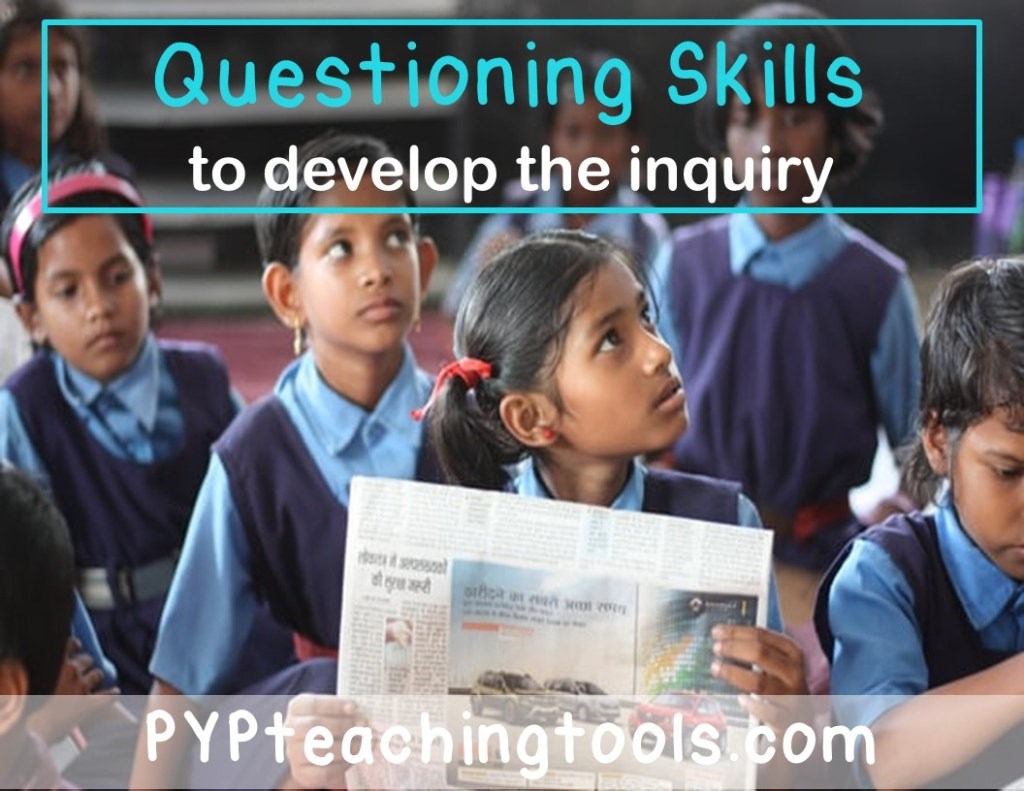Teaching writing is something that I actually love to do. I know there are many who regard it as a chore and a challenge to get the kids to write enthusiastically. I believe that all boils down to the methods and the purpose behind the writing. There isn’t much to get excited about when you have to write to a specific, meaningless prompt week-in-week-out, using the same old rigmarole. Engaging our learners with authentic learning is an ENORMOUS part of maintaining their interest, enthusiasm and participation. (I have a post with several tips and tools for authentic learning right here. ) Whether you’re working on fairy tales or science reports, these web sites should help overcome a bit of that reluctance with your young writers. I use them a LOT within our units of inquiry. They are easy, engaging and absolutely make writing fun!
Digital story telling is a means of creating a story, report or fun presentation through digital means. It can be used across all disciplines and all
...





















